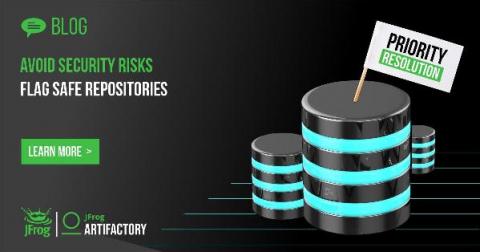Bring your own CI/CD.
As a developer I couldn’t imagine working without one of these three things. For projects on GitHub the built-in actions should do the latter job fine in most cases. But as everything else they have limits. The more PRs, the more different tests per pull request and the longer those tests run, the longer different PRs have to wait for each other for the continuous integration to run.











